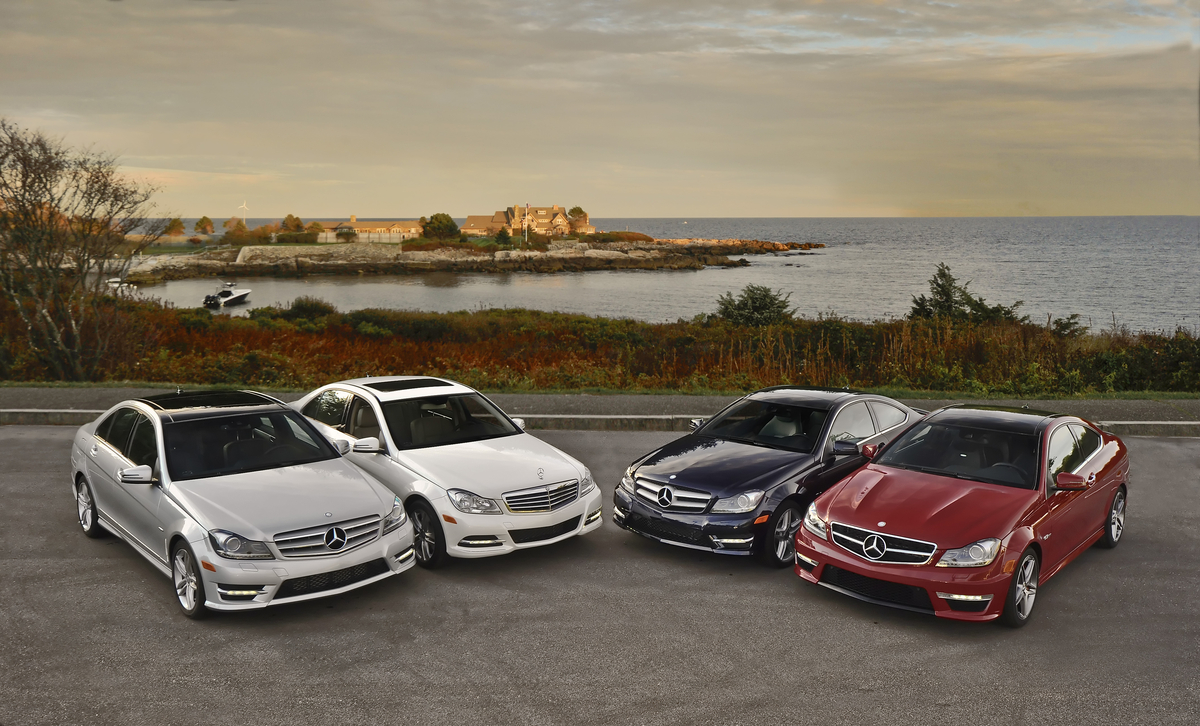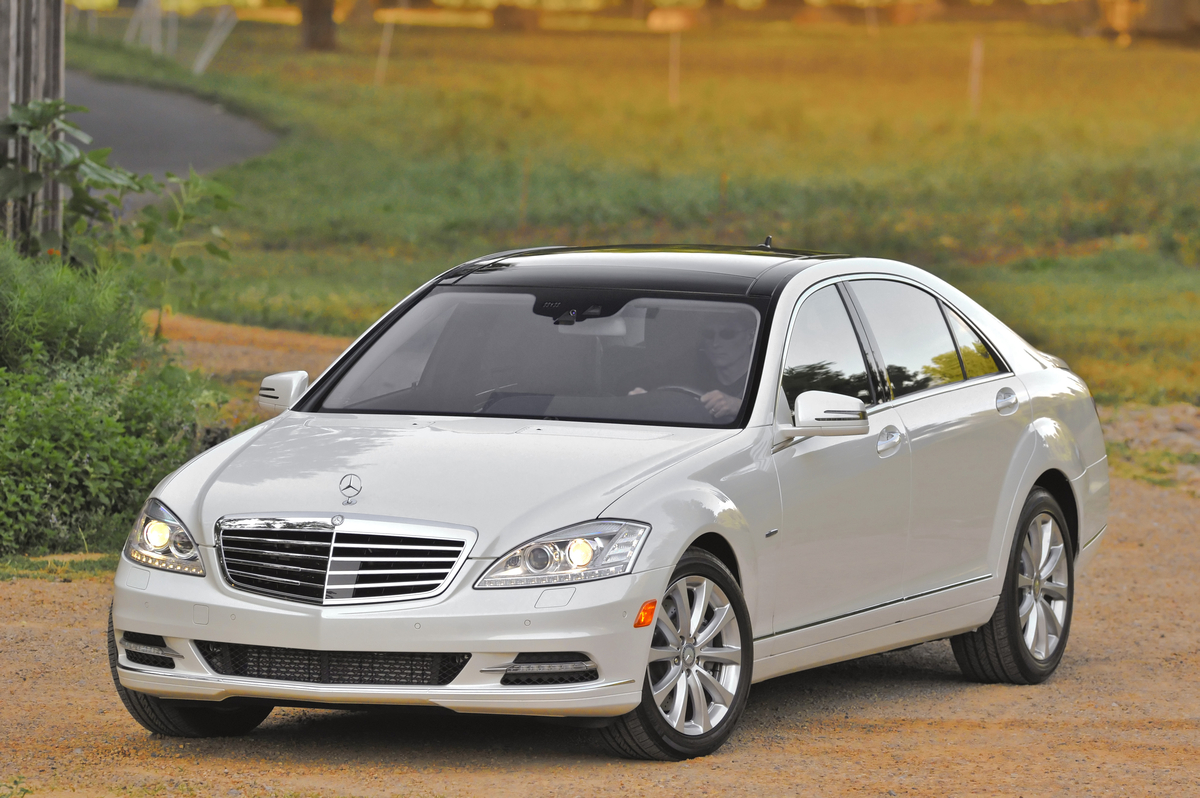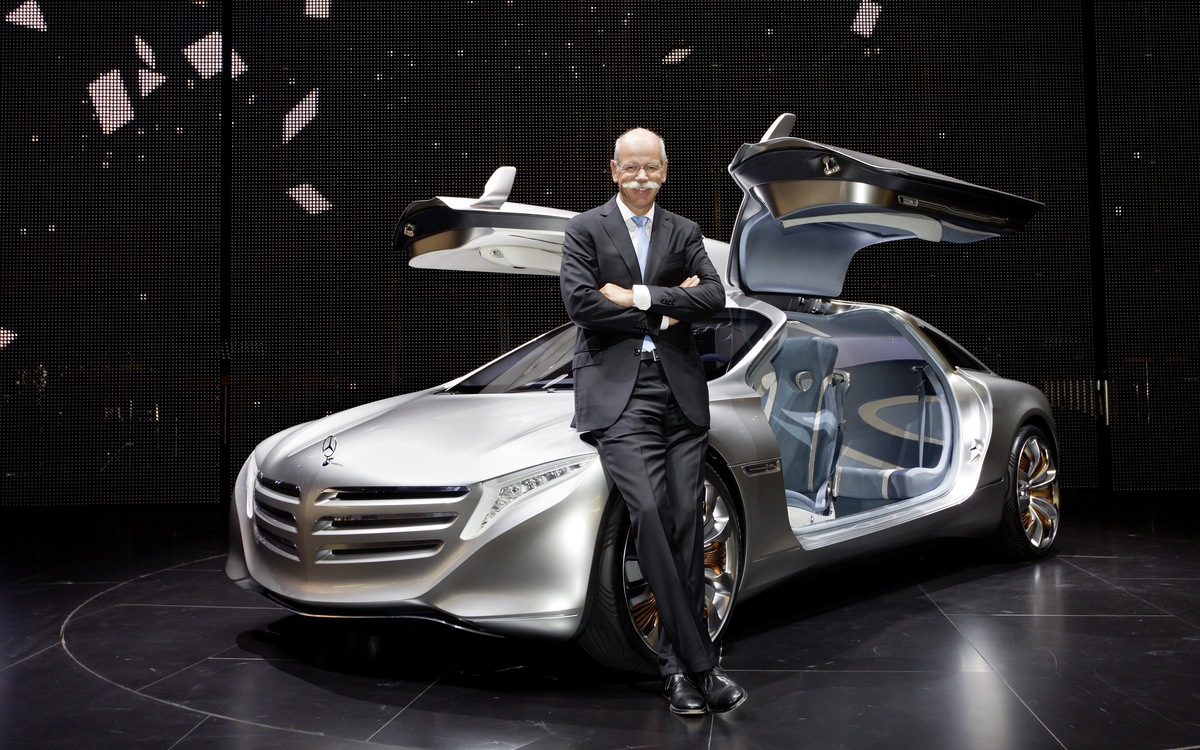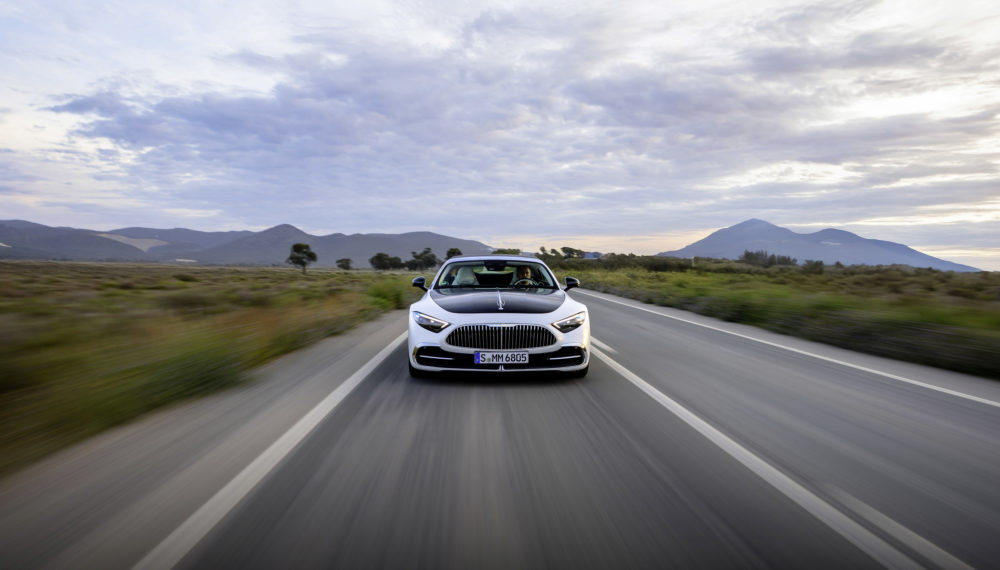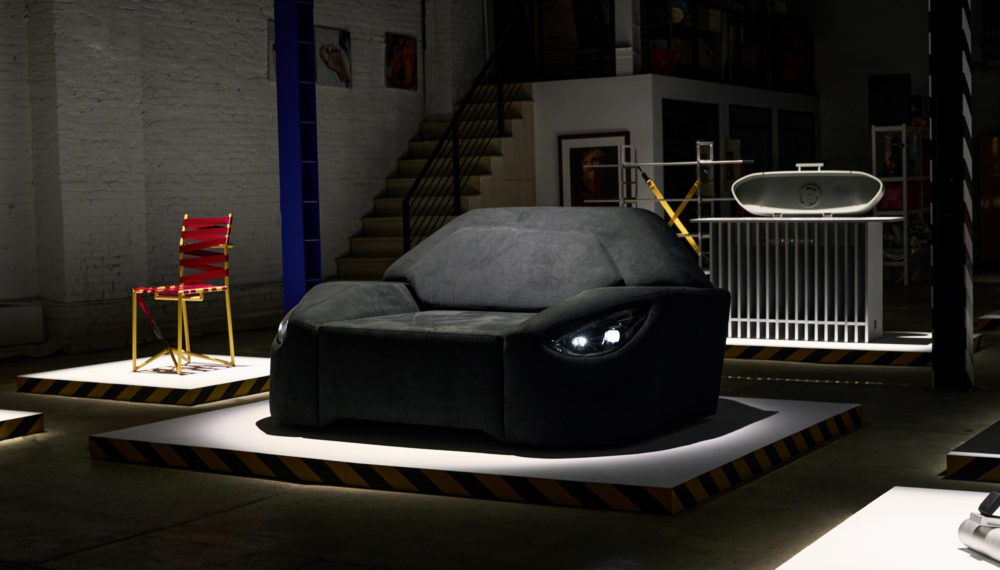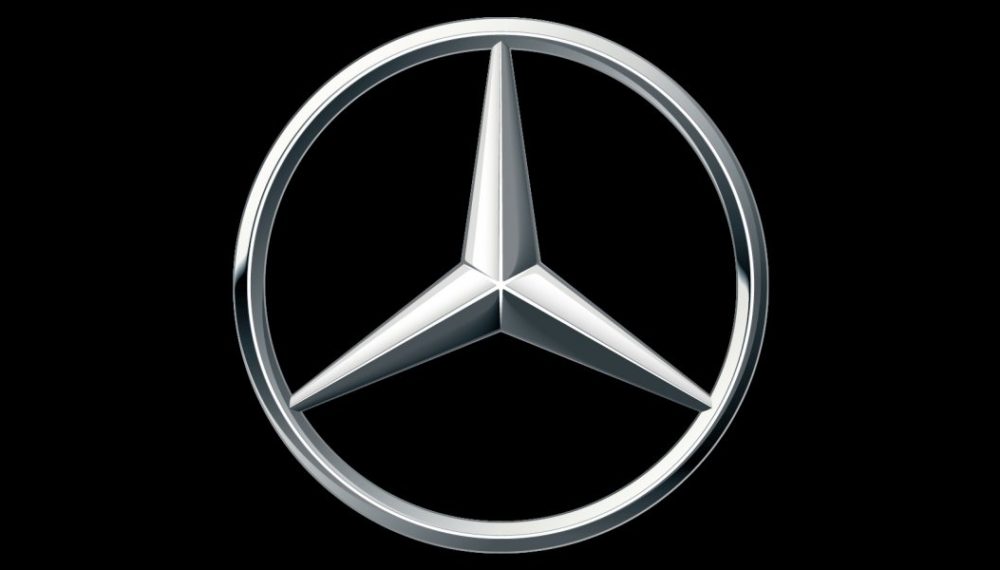After reporting news that MBUSA was ahead of BMW in U.S. Sales, recent reports from Bloomberg have emerged that Mercedes-Benz is not in the same position on the global market. In global luxury sales, Mercedes-Benz is falling further behind rivals BMW and Audi because of a disjointed strategy in China, sluggish expansion of entry-level models and an aging S-class sedan, the once-dominant upscale nameplate remains firmly in third place.
The Mercedes sales gap with second-placed Audi has more than doubled within a year, hampering Chief Executive Dieter Zetsche’s pledge to retake the lead.

2012 Mercedes-Benz S350 BlueTEC 4MATIC
“Mercedes’s problems are home-made problems,” said Christian Ludwig, an analyst with Bankhaus Lampe in Dusseldorf. “It’s going to be extremely difficult for Mercedes to reach the No. 1 spot. The others are not sleeping.”
Mercedes delivered 964,900 cars and sport-utility vehicles worldwide through the first nine months of 2012. The 5 percent gain failed to keep pace with rivals, meaning it lagged Audi by 132,600 vehicles, up from 53,900 a year ago. The gap to No. 1 BMW widened 41 percent to 145,000 vehicles, according to data from the carmakers.
In September 2011, Zetsche sought to cap the celebrations for the automaker’s 125th anniversary by setting the goal for Mercedes to become the best-selling and most profitable luxury-car brand by 2020. At the time, he said it was “impossible” for the brand to accept being third.
Profit drop
One year on, Zetsche’s tone was less jubilant. He said on Sept. 20 that earnings before interest and taxes at the Mercedes car division would fall and not match last year’s figure. In response, the manufacturer is planning a savings drive dubbed “Fit for Leadership.” At the Paris auto show last month, Zetsche didn’t reaffirm a Mercedes’s target for 2013 operating profit of 10 percent of sales.
Mercedes has been trailing since losing the top spot in the luxury-car segment to BMW in 2005. The Daimler unit’s sales will have advanced 19 percent through this year, compared with a 31 percent jump by BMW and a 70 percent surge by Audi over the past seven years, according to IHS Automotive estimates.
The failure to keep pace is reflected in the stock. Daimler’s 12 percent increase over the past 12 months trails BMW’s 18 percent gain and Audi parent Volkswagen’s 44 percent surge. Daimler trades at 7.5 times estimated earnings versus 8 times for BMW.
Zetsche is seeking to reverse the trend by adding less-expensive compact models, including a four-door coupe and a sport-utility vehicle, to attract younger buyers and by expanding the range of variants of the S-class flagship, which is in the last year of the current generation.

2012 Mercedes-Benz CLS63 AMG
Dealer traffic
The new compact A-class hatchback lured 700,000 people to showrooms when it went on sale last month. The company has about 70,000 orders so far for the car, which starts at almost 24,000 euros ($31,000) compared with about 17,000 euros for the segment-leading VW Golf.
“Daimler is saying that the demand for its new A-Class is great, but these are mostly orders from dealers,” said Hans- Peter Wodniok, analyst at Fairesearch in Kronberg, Germany. “The price of the compact is quite high, and it remains to be seen if the market accepts it.”
Even with the premium price, Daimler is preparing for high demand, signing up Finland’s Valmet Automotive Inc. to produce more than 100,000 A-class cars. The external production is on top of 1.4 billion euros spent to upgrade a small-car factory in Germany and build a new one in Hungary. Daimler plans at least five compact models in the coming years including the newly introduced A- and B-class cars to take on models like the BMW 1-series coupe and the Audi Q3 SUV.
Filling gaps
“We have holes in our portfolio that we are closing successively,” Joachim Schmidt, Mercedes’s sales chief, said in an e-mail response to questions. “When I look into the future, I see that we have excellent prerequisites to be the leading premium manufacturer by the end of the decade.”
To reach that goal, Mercedes will need to boost growth in China, where deliveries edged up 6.7 percent this year, compared with gains of more than 30 percent for BMW and Audi.
“China is definitively a problem area,” said Marc-Rene Tonn, a Hamburg-based analyst with Warburg Research. “They have to take action.”

2013 Mercedes-Benz GLK350 4MATIC
For a start, Zetsche is combining two separate sales units — one for imported vehicles and other for locally made cars — into a single entity. Sales chief Schmidt said the goal of the restructuring is to grow “significantly” in China again. Mercedes’s efforts to expand its appeal with new models and re-spark growth in China are expected to bear fruit and offset plans by BMW to add a factory in Brazil and by Audi to expand in Mexico. IHS forecasts Mercedes increasing sales 34 percent between 2012 and 2015, compared with Audi’s 12 percent gain and BMW’s 26 percent rise.
“Globally, the relatively old product range weighs on sales,” said Frank Schwope, an analyst at Norddeutsche Landesbank in Hanover. “The current revamp of the A class and soon of the S class will have a positive effect.”


